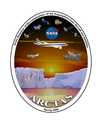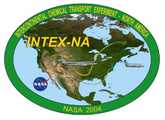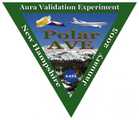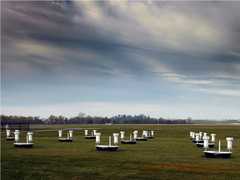The Thermal-Dissociation Laser Induced Fluorescence (TD-LIF) is an in situ airborne sensor developed at UC Berkeley. It combines the TD and LIF techniques to measure nitrogen dioxide (NO2), peroxynitrates, nitric acid (HNO3), and other stable organic nitrates in the atmosphere. TD-LIF operates at 585 nm and typically measures at 1 Hz.


Instrument Details
- Optical/Photon
- Earth Science > Atmosphere > Atmospheric ChemistryEarth Science > Atmosphere > Atmospheric Chemistry > Nitrogen CompoundsEarth Science > Atmosphere > Atmospheric Chemistry > Nitrogen Compounds > Nitrogen DioxideEarth Science > Atmosphere > Atmospheric Chemistry > Nitrogen Compounds > Nitric AcidEarth Science > Atmosphere > Atmospheric Chemistry > Nitrogen Compounds > Peroxyacyl Nitrate
- Troposphere
- 1 Hz
- Point
- 512 THz
- https://doi.org/10.1029/2001JD000779
Ronald C. Cohen
Ronald C. Cohen
UC Berkeley
NASA Instrument Incubator Program
Filter data products from this instrument by specific campaigns, platforms, or formats.
CAMPAIGNS
PLATFORMS
FORMATS











